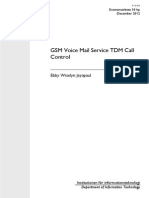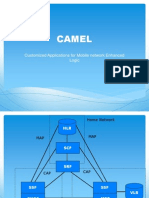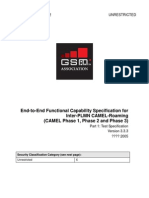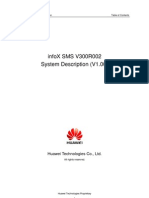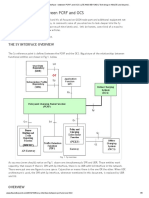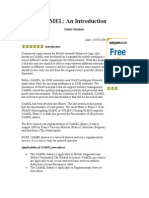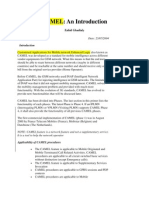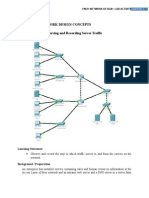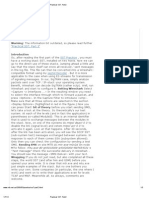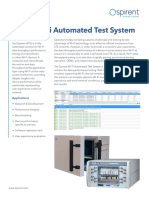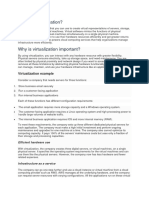100% found this document useful (1 vote)
399 views26 pagesIntelligent Networks & CAMEL Overview
The document provides an overview of INAP/CAMEL. It describes the need for intelligent networks to overcome issues with multi-vendor networks. It then defines what an intelligent network is and the advantages it provides like quick development time and cost-effectiveness. It also outlines some key IN concepts like functional entities, interfaces, protocols, and CAMEL which is an extended form of INAP used for roaming subscribers.
Uploaded by
nithyaCopyright
© © All Rights Reserved
We take content rights seriously. If you suspect this is your content, claim it here.
Available Formats
Download as PPT, PDF, TXT or read online on Scribd
100% found this document useful (1 vote)
399 views26 pagesIntelligent Networks & CAMEL Overview
The document provides an overview of INAP/CAMEL. It describes the need for intelligent networks to overcome issues with multi-vendor networks. It then defines what an intelligent network is and the advantages it provides like quick development time and cost-effectiveness. It also outlines some key IN concepts like functional entities, interfaces, protocols, and CAMEL which is an extended form of INAP used for roaming subscribers.
Uploaded by
nithyaCopyright
© © All Rights Reserved
We take content rights seriously. If you suspect this is your content, claim it here.
Available Formats
Download as PPT, PDF, TXT or read online on Scribd
/ 26





















